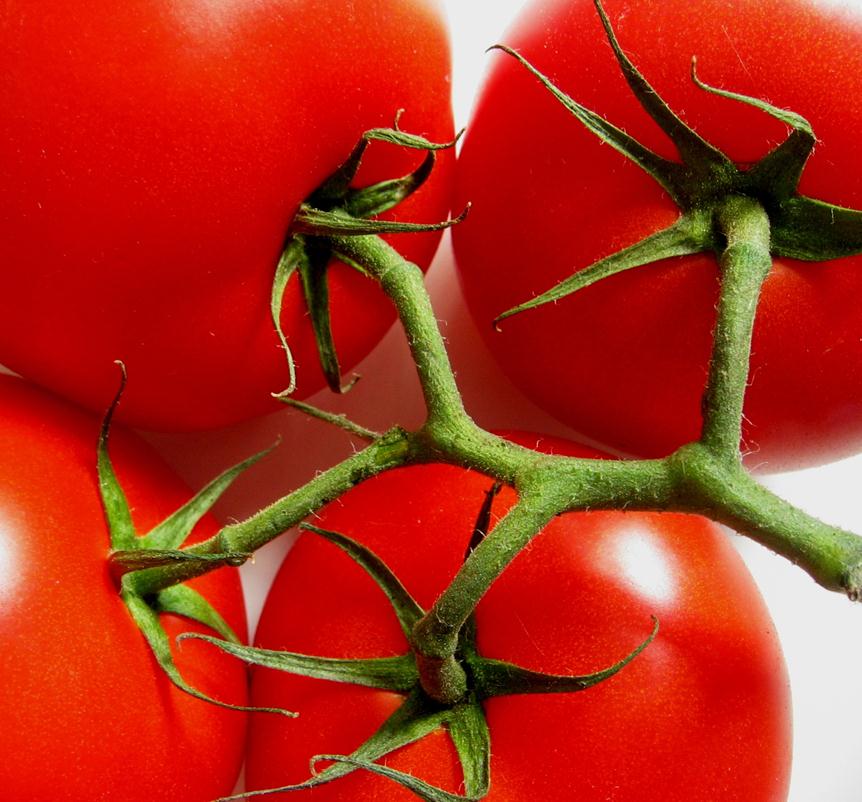The History of Ketchup
May 11, 2012 in Daily Bulletin

Rachel Swaby took a look at the history of ketchup. Some of the fascinating finds include:
- The original ketchup was a type of fish paste made of anchovies.
- After a while people started experimenting with mushroom, walnut, grape and oyster ketchups among others.
- Part of the appeal of ketchup is the high amount of salt and vinegar – these acted as a preservative and ensured that ketchup could stay on shelves a long time – crucial in the time before refrigerators.
- In the 1960s mechanical harvesters which were more likely to bruise tomatoes became the norm. In response to this scientists at Heinz developed a tomato with a thick skin and more meat so that it could stand up to the harvester.
- Heinz tomato plants used to produce 22 tons of tomatoes per acre. Now they produce more than double that.
- There are just four hours between a tomato being plucked and it being turned into a tomato paste.
- A ‘spice pack’ is added to ketchup to add flavour.
To read about the 6000 test tomato seeds that could go on to form the basis of your next bottle of tomato ketchup, when exactly tomatoes became the most popular form of ketchup, why tomato ketchup used to be coloured brown, why Heinz developed plants that stay ripe longer, and how the six billion seeds are distributed by Heinz each year click here.
Source: Gizmodo
Join the Discussion! (No Signup Required)